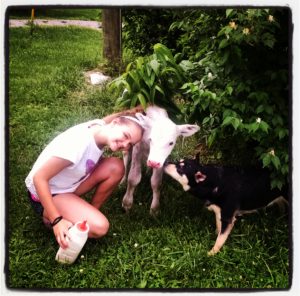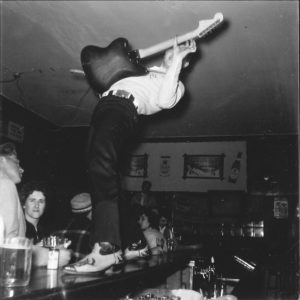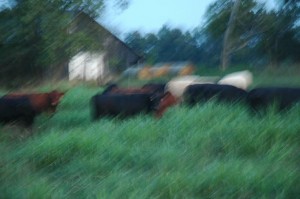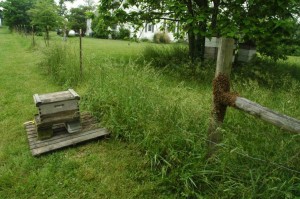
On the home front….
My better and more talented half wrote another beautiful book.
The eldest turned 16, In Every Way. The twins turned twelve. Lila is becoming quite the equestrian, and both boys continue to be obsessive ballers–Daniel’s the star of the rec team I’m coaching, and Theo plays on the Middle School team. I never have to worry about having something to talk about with them. It’s hoops chatter 24-7. (I should mention Theo ran cross-country and made the all-region team!)
Also, the boys have really excelled at that bottle-flipping thing.
An undetermined critter got at what was left of our chicken brood, on two successive midsummer nights, and the coop, devoid of avian life, has become the home of a huge woodchuck who tore the floor out and burrowed a home beneath.
A stray cat wandered up to the house, and withstood the combined efforts of our two dogs and four established felines to run her off. Then she had four kittens.
The cowherd got bigger, again, and the count is up to 46, far too many for the pasture I have. Got a good price on hay in the fall, though. I bought enough to last through winter, and will lighten my load when (I hope) the market firms a bit in spring.

The bees looked to be going great guns for the first part of the season, which was awfully wet. I got a fair bit of honey from all of my hives in June, but starting in mid-July it stopped raining. I really don’t know what the bees had to forage from August through October, but they were in just OK shape when I left them to ball up and face the winter. There are five hives going right now. I hope there will be that many in April…
For the third year running, 2016 was the hottest on record in, basically, the world. Locally, and more critical to my needs, it was also dry. Ordinary folks thought that made for pleasant weather (it did), but farmers thought it was weird. I had to pump spendy city water for five months. Thanks to winter rains, the spring in the cave field only just started to flow again.
I got to go to Nashville, again, solo, to hang with my peripatetic scholar friend John, and Atlanta, with the entire family, to see the other John, his wife Nuria, and boy Pau.
Had visits: from dear sister Caroline and her dog Emma, and the annual return of my old Great Plainsman comrade Charly. The MacNeal clan, now based in Taiwan, honored us with a very fun visit. A pleasant surprise was the arrival of Anna, my old Australian friend, with whom I traveled to a good few countries, including hers (for half a year!), in the mid-eighties.
From what I could gather, Anna had somewhere in the range of six to twelve international trips in the last year alone. Me? Me, I have a passport I renewed in 2003, which has never once been stamped. She brought a big canvas sack of my old letters to her, which I have yet to dig into. I’m a bit afraid they will seem to have written by another person….
I had to be reminded of it, but I had not one but two aces in 2016. I accept I may never have another. I’m fine with that.
Neither ace had a witness (so go ahead and append the asterisk). In any case, I was far more impressed with myself when I pured a 7-iron to inside a foot on a back pin on #13. I was playing through a foursome of well-lubricated Louisvillians on the tee, and we all became good friends for a brief moment.









